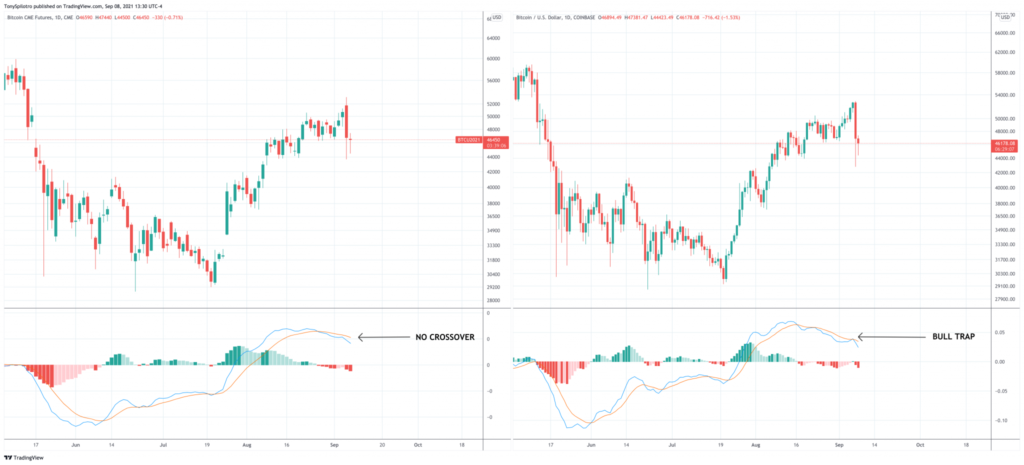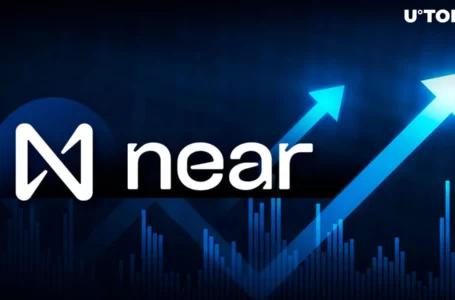
Part of what is so special about Bitcoin is the fact that is it inclusive to all, and never in the past required the participation of “smart money” and institutional traders. But to end up being a multi-trillion dollar possession as it is predestined to, larger gamers needed to get included to take things to the next level.
That next level is now here, and retail investors and traders are in the same market along with whales, corporations, and other high wealth individuals. These elite play in their own ball park, total with their own set of guidelines and conditions. Some conditions can be so unique, that it can even help these traders avoid muddied signals coming from retail trading platforms. Here is how that all works.
The Great El Salvador Bitcoin Bull Trap
Bitcoin has actually been trading actively for more than a years, and the network itself active for somewhat longer. When it first released, it had no value at all. Today, it trades for $46,000 per coin, which has the cryptocurrency’s total market cap hovering just under one trillion dollars.
Growing from absolutely nothing to cents, to a trillion dollars in worth, is absolutely nothing except remarkable. ven greater of a milestone yet, was what happened yesterday when Bitcoin became legal tender in the Latin American country of El Salvador.
Rather than skyrocketing sky high as the retail crowd would anticipate, whales purchased the report, however offered the news and secured stop losses of overzealous retail traders while doing so. How was it that retail was so easily duped, but institutional futures traders were not? It could boil down to the distinct technical at the Chicago Mercantile Exchange, much better referred to as CME Group.

How CME BTC Futures Tipped Off Institutional Traders
When BTC Futures made their debut on CME in 2017, it was the end of the previous Bitcoin bull run. Institutions made it clear then that cryptocurrencies weren’t yet prepared, and shorted the coin to the ground. And it was the first time outside of unregulated derivatives markets that institutional traders could do so. It triggered a bearishness as an outcome.
Since then, the power of the CME platform has controlled much of crypto price action. So-called breakaway spaces left on CME charts are frequently filled later on in the week. These gaps are left behind, because the Monday through Friday trading desk actually closes down for weekends and holidays – in contrast to the always on markets of Coinbase or Binance.
In the contrast in between the 2 charts above, even technical signs on the CME Futures chart left wing doesn’t show the very same bull trap scenario. On the evening that Bitcoin was due to become legal tender, the LMACD indicator crossed bullish on the Coinbase chart (pictured on the right), suggesting that a bigger move up was essentially confirmed.
But on the CME chart, no such crossover took place, which was informing of whales’ next relocations. The momentum had long crossed bearish, but was waiting for price to react. React it did, and Bitcoin rate flash crashed by $10,000 and almost 20% due to the serious liquidations seen throughout the crypto area.
CME traders could have easily seen this coming, given the fact their chart never had a bullish signal to trap retail traders.


















